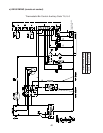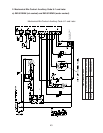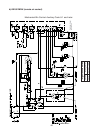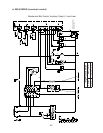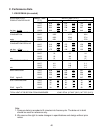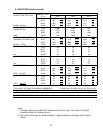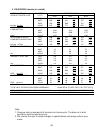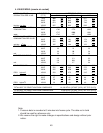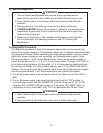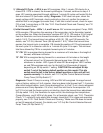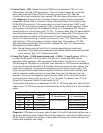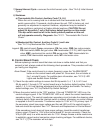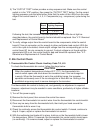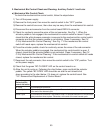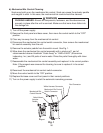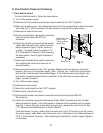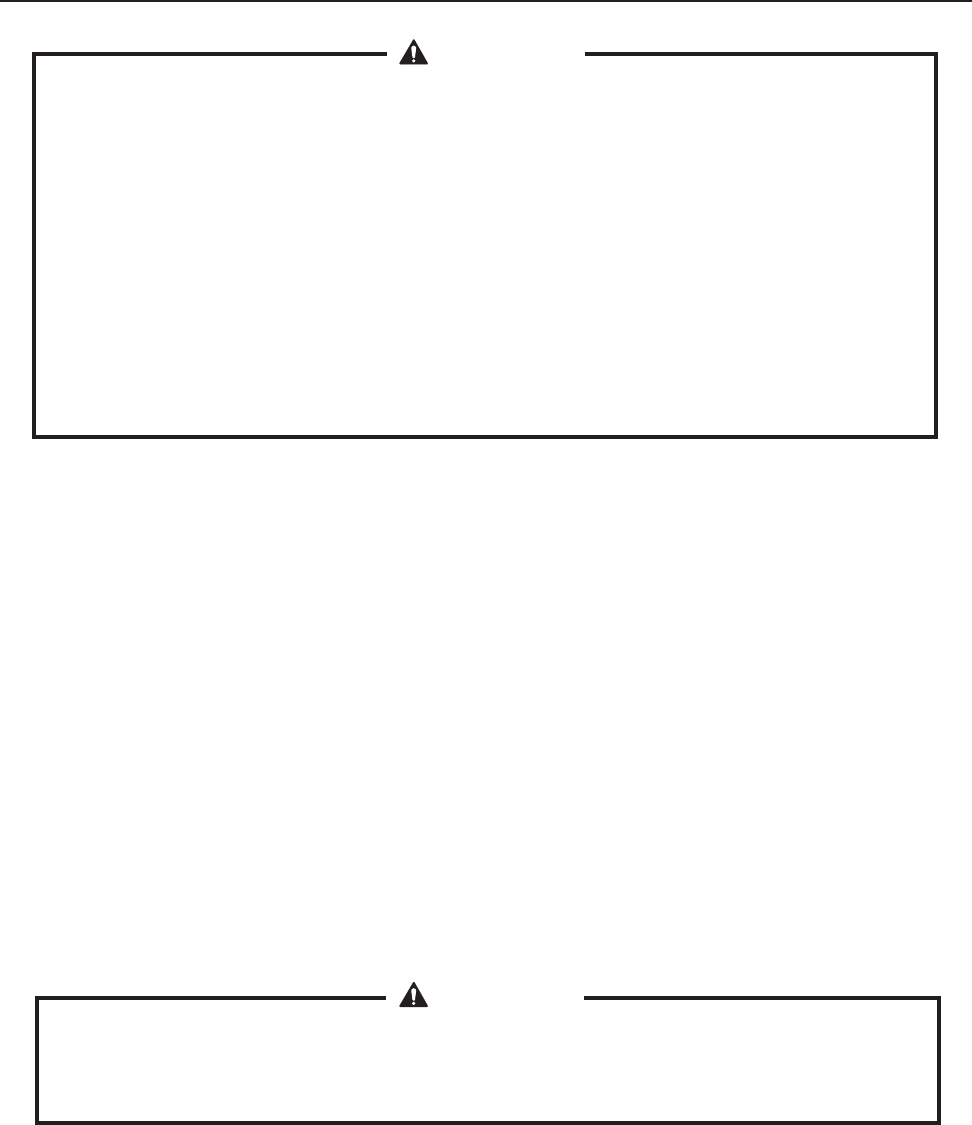
50
IV. Service Diagnosis
WARNING
. This unit should be diagnosed and repaired only by qualied service
personnel to reduce the risk of death, electric shock, serious injury, or re.
. Risk of electric shock. Use extreme caution and exercise safe electrical
practices.
3. Moving parts (e.g., fan blade) can crush and cut. Keep hands clear.
4. CHOKING HAZARD: Ensure all components, fasteners, and thumbscrews
are securely in place after the unit is serviced. Make sure that none have
fallen into the storage bin.
5. Make sure all food zones in the icemaker and storage bin are clean after
the unit is serviced. For cleaning procedures, see "VI. Cleaning and
Maintenance."
A. Diagnostic Procedure
The diagnostic procedure is basically a sequence check which can be used at unit
startup or for system diagnosis. This procedure allows you to diagnose electrical system
and component failures. Before conducting the diagnostic procedure, check for correct
installation, proper voltage per unit nameplate, and adequate water supply. Check
CB using the steps in "IV.B. Control Board Check." Check the dip switch settings to
assure that S4 dip switch 3, 4, 7, 8, 9, & 0 and S5 dip switch through 5 ("G" CB) are
in the factory default position. S4 dip switch , , 5, & 6 are cleaning adjustments and
the settings are exible. For factory default settings, see "II.C.3.a) Default Dip Switch
Settings." As you go through the procedure, check to assure the components energize
and de-energize correctly. If not, those components and controls are suspect.
) Turn off the power supply, then access the control box. Clear any ice from TBC or
MBC.
) Turn on the power supply, then move the control switch to the "ICE" position. A
5-second delay occurs. The red "POWER OK" LED on CB comes on. On "G" CB,
the green "BC CLOSED" LED also comes on. If the yellow "BC OPEN" LED is on
(indicating a full bin), check MBC. See "IV.C..a) Mechanical Bin Control Check."
WARNING
. Risk of electric shock. Use extreme caution and exercise safe electrical
practices.
. Moving parts (e.g., fan blade) can crush and cut. Keep hands clear.



